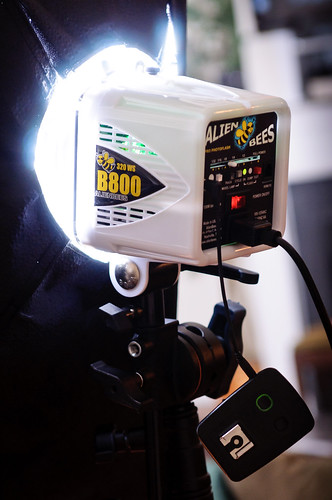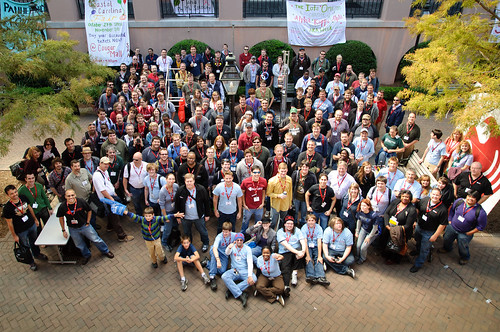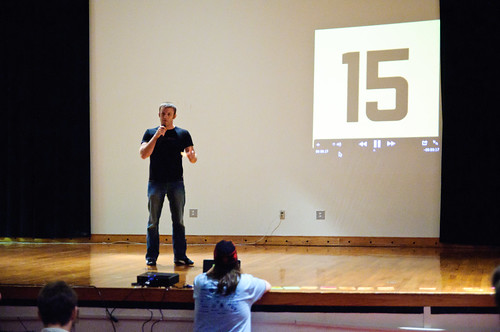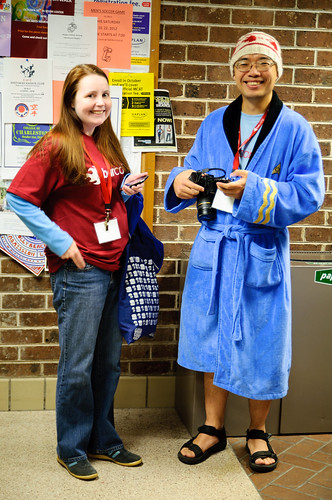Building
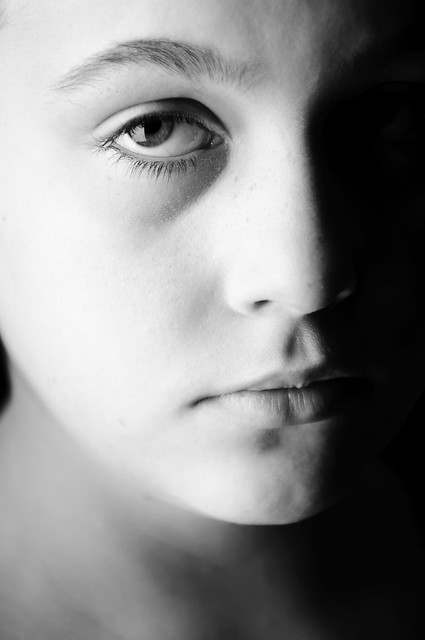
Isn’t she dramatic? Oh, the trials and tribulations of a pre-teen. Actually, most of the pictures of my daughter I took were of extremely goofy faces and the ridiculous looks she likes to give me when I use her as my test model. I happened to get a couple of in-between shots where she wasn’t ready with a smirk 😉 Here’s one with her grinning:
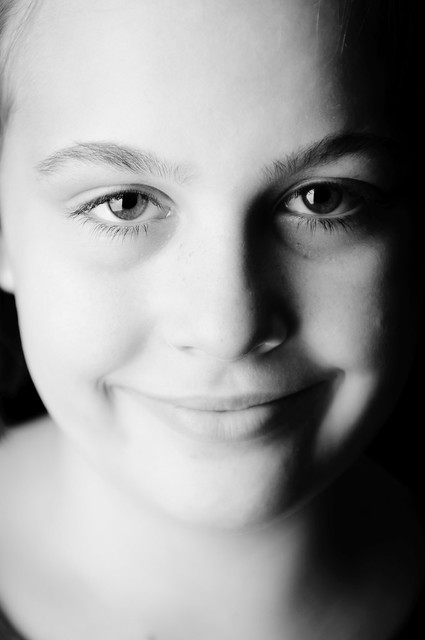
Of course, my son couldn’t let her take all of the glory…

So the point of these test shots was to try out my new giant softbox from Paul C. Buff, which is being powered by an AlienBees B800 monolight. I’ve been primarily a speedlight kind of guy for a long time, only renting bigger lights for special occasions. I’ve recently decided to expand my photography and some of the things I’m going to start shooting are more in the fashion, portraiture, and editorial style of work. That means proper studio lighting. Now, I’m not going to jump into a Profoto system right off the bat, and since I’ve used AlienBees in the past, I’ve decided to start with a couple of B800’s.
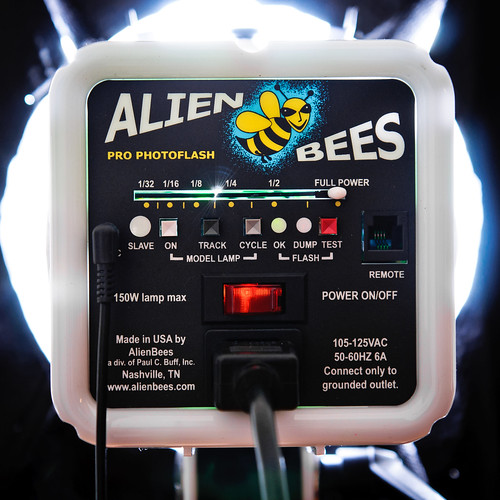
*Warning* Here comes a bunch of technical talk…
Here are the reasons I chose to go with this particular model: The AlienBees line has a 6 full f/stop range on their lights, so the highest power B1600 can only be stopped down to 20 Ws, while the B800 can go down to 10 Ws at 1/32nd power. I’ll rarely (if ever) need to shoot at full power on the B800 for the applications I’m intending them for, but for shooting wide open like I did in the two shots of my daughter above, I need lower power. Even with the B800 I had to lower the ISO to 100 (the native ISO on my Nikon is 200) to shoot at f/2.8. The shot of my son was at f/8, and you can see there is a lot more detail in that shot overall – it’s a totally different look. I like to have options easily available without having to throw light eating filters on my lens or lights. In this beach wedding shot taken in harsh mid-day sunlight, I had rented a B1600 and never went over half-power, so I don’t see myself needing the extra daylight-crushing power just yet.
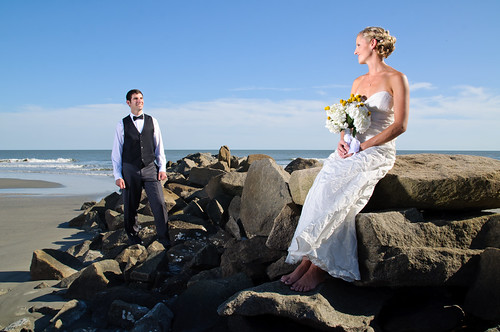
The best choice of the Paul C. Buff line of lights for versatility is the Einstein, but since I’m trying to gradually build up, I know that the B800 will be versatile enough for almost 1/2 the price. In the future I hope to add an Einstein as my main light and then move the Bees to fill and/or accent lights, but for now I’m very happy with the range of the B800.
I also had one very important and extremely technical choice to make when getting the AlienBees lights. Which color to get? I really like the white since it’s different enough without looking goofy – I saw someone using a pink one lately and it was a bit much for my taste 😉 I didn’t want to go with black since the Einsteins are only available in black and I want to be able to quickly differentiate between the different models in the future. Telling a less knowledgeable assistant to move the white light is easier than calling out a model number!
